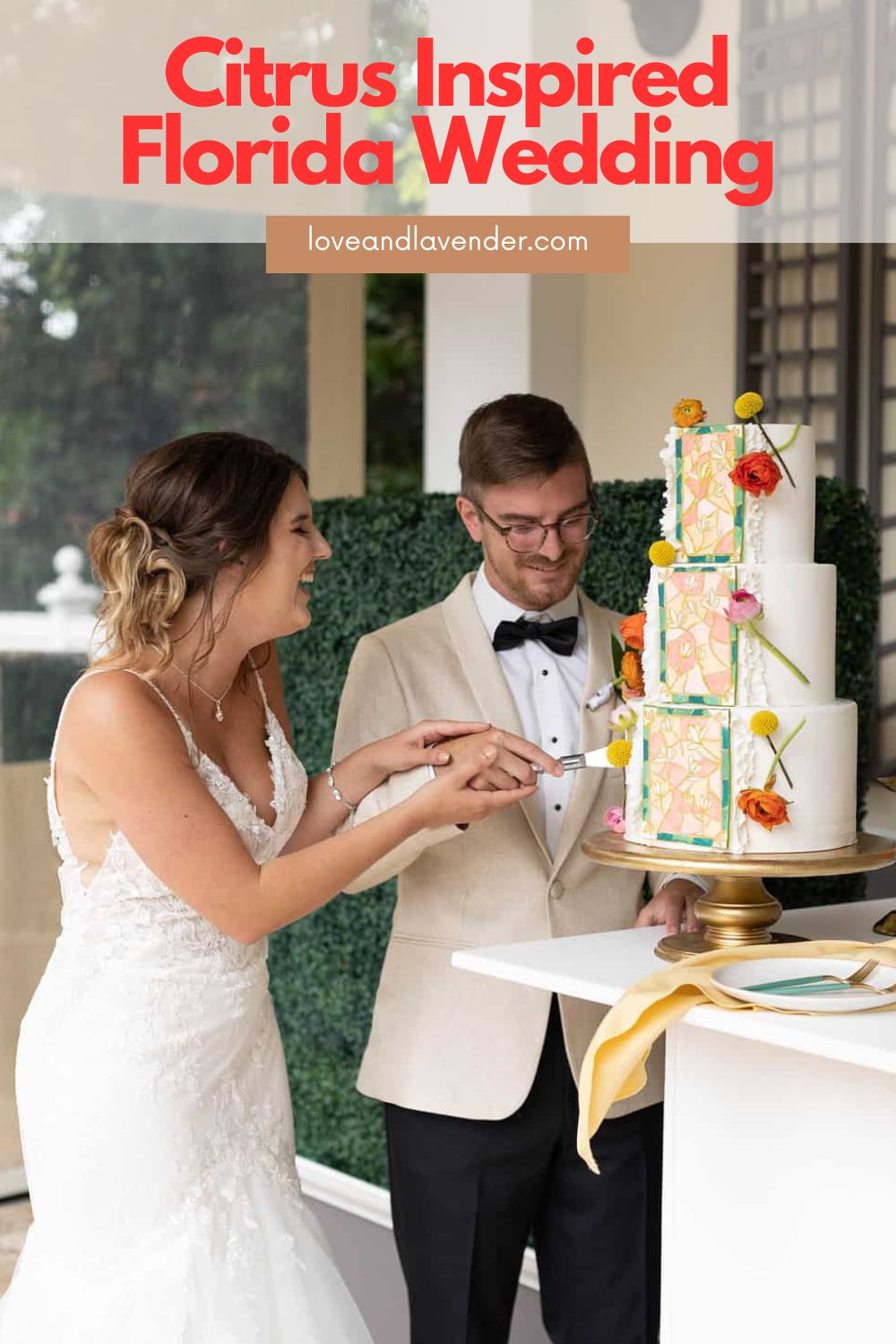South Sea pearls are the Chanel ballet flats of the fine jewelry world — cult-covetable among those in the know. These pearls are subtly showstopping, pricier than other pearls, but well worth the investment. Their substantial sizes and dreamy, satiny luster make them a favorite among jewelry aficionados.
Whether you’re shopping for classic white or luxurious gold pearls, these magnificent gems are sure to stop anyone in their tracks. Because they’re known for their deep, rich color and high luster, South Sea pearls are often confused with Akoya pearls. But this refined cousin is a unique gem all its own.
Let’s explore what makes these amazing pearls so special.
What are South Sea Pearls?
For those of us of a certain, ahem, generation who grew up watching Saturday morning cartoons (remember those?), our earliest memory of a piece of jewelry might be Wilma Flinstone’s iconic pearl necklace. Those enormous round rocks around her neck may very well have been south sea pearls.
Historically, South Sea pearls were considered “status symbols” among European aristocracy and royalty; it was said that these sought after gems would make any woman appear more graceful and nobler than her peers. Today, this exquisite gem adds an element of classic beauty all its own to fine pieces of jewelry.
South sea pearls are a type of saltwater cultured pearls. They come in two varieties: white and gold.
White south sea pearls share characteristics with both akoya and freshwater pearls. Like akoyas, they are bead-nucleated — that is, grown with an implanted bead for the pearl to form around — in saltwater pearl farms. Like freshwater pearls, south seas have substantial nacre and a glowing, satin-like luster that feels very different from the sharp reflections of akoyas.
In terms of size, the closest thing to south sea pearls are Tahitian black pearls. Both are larger than other cultured pearl varieties, although south sea pearls tend to be the biggest of all. They’re most commonly found between 10 and 15 mm, though rarely they can be as small as 8mm or as large as 20mm (just under an inch).
Where Do South Sea Pearls Come From?
South sea pearls are formed in the largest of all pearl oysters, the Pinctada Maxima. These oysters are particularly sensitive to their surroundings and will survive only in very specific environmental conditions.
Silver-lipped oysters, the ones that produce white south sea pearls, are farmed primarily in Australia. The more dramatic gold-lipped variety comes mainly from Indonesia and the Philippines.
 Pin
PinThese oysters are prepared for pearl formation with a process called nucleation. This is where a bead of shell or plastic — the center of the future pearl — is surgically implanted in the oyster’s shell. This external irritant triggers the oyster’s response to produce layer upon layer of an iridescent mother-of-pearl substance called nacre.
Unlike freshwater pearls, which are more affordable due to the shellfish’s ability to produce numerous pearls at one time, the Pinctada Maxima will grow only one pearl per growth cycle. The formation process takes between 2 and 4 years — the longest of any cultured pearl. This produces a thick, resilient pearl layer around the bead nucleus.
What Makes South Sea Pearls So Valuable?
Because the oysters that produce these pearls are not particularly hardy, south sea pearl culturing is quite limited. Pinctada Maximas are susceptible to environmental stresses such as changes in temperature, and disease. They only thrive in very specific saltwater environments.
In addition, the pearl growing process is very slow and the oyster can only focus on growing one pearl at a time. These combined factors are why this type of pearl is so extraordinarily rare.
Their extended growth period also means that the nacre layer ends up being very dense and thick. This helps with its durability and resistance to wearing down.
You may notice on vintage akoya pearls that certain places have become rather worn with time in the areas in constant contact with the skin — this is because the nacre is quite fine and doesn’t offer the pearl very much protection. South sea pearls wear much better over time, and this is one of the factors that contribute to their higher prices.
Aside from their scarcity and nacre quality, south sea pearls grow larger than any other pearl. Sometimes very large pearls are left undrilled and unset simply as a whole, unblemished collector’s piece. But most are turned into necklaces, earrings, and rings.
Smaller south sea pearls — the smallest range from 8-10mm — are used in earrings so they will carry less weight, or in rings where they won’t protrude quite so much and be as susceptible to damage. Larger pearls are usually used in graduated necklaces or sometimes pendants.
How Are South Sea Pearls Graded?
Most retailers use an A-AAA grading scale for south sea pearls based on the value factors set out by the Gemological Institute of America: size, shape, color, luster, surface quality, nacre quality, and matching.
The most valuable south sea pearls will meet the following standards:
- be perfectly round (or very close to it)
- have smooth, unblemished surfaces
- have rich, radiant colors
- exhibit outstanding high-contrast luster
- have very thick layers of nacre
When all these factors are equal from one pearl to another, the price will come down to size and — in the case of golden south seas — the intensity of the color.
You can find out more about each of these quality factors and how gemologists evaluate pearls here.
How to Clean and Store South Sea Pearls
Cleaning
South Sea pearls are highly sensitive to chemicals, so it is necessary to use only non-abrasive soap and water. They should never be cleaned in an ultrasonic cleaner or with harsh detergents.
If you have any makeup residue on the surface of your pearls, wipe them gently with a soft cloth dampened with warm water and mild soap. Take care not to immerse (or even get close to) the small hole you’ll find in every pearl — this is how the strand is attached, and would potentially be damaged by liquid. Be sure that there are no traces of soap left after washing; dry your pearls quickly with a paper towel, then lay them out in the open on a soft cloth for several hours.
If your pearls are looking dull, try using a washcloth or microfiber cloth to buff the surface gently. You can also use toothpaste (just make sure it’s not gel) to help get those off-colors out of there. Avoid toothbrushes as they might accidentally damage your pearls if you aren’t careful!
Storage
South Sea Pearls should also be stored in a dry environment away from heat sources such as sunlight or radiators. These pearls are durable, but they will scratch if not protected. Keep them in a specialized pearl jewelry box or pouch to avoid contact with other jewels.
Gently polish them by wiping the surface with a soft cloth and then reapply your favorite jewelry polish.
Tips for Buying South Sea Pearl Jewelry
Necklace
A pearl necklace is a great way to show off your South Sea pearls. Longer strands are perfect for dinner parties or cocktail events, but they can also look glamorous with almost any outfit.
Consider buying several small individual necklaces in different lengths and colors with the same gemstone — wear one with each “occasion” dress, and you’ll be sure to get the most out of that exquisite strand!
If it isn’t long enough on its own, pair it with a thin gold chain; make sure there are no bumps on either side (unless you want them to be seen).
Earrings
Earrings will be noticeable whether they’re large or small. Be sure to check the size before buying, as even pearl studs can look quite different in person.
Consider the length and weight of the earring — if it’s heavy enough to hurt your lobes or droop down by more than a few inches from your ears, it might not be worth the money after all.
Also, take note of the drop (the gap between the bottom of each pearl and your skin); this is best when it’s no more than an inch long for maximum comfort.
Bracelet
Pearl bracelets can also be found in just about any size imaginable. Fortunately, you aren’t likely to find one that’s uncomfortably large or too short on its own. As with other gemstones like diamonds or rubies, you’ll want to make sure that the clasp is sturdy enough to maintain its shape.
The size of each pearl should be consistent throughout, as you tend to notice any imbalances more in South Sea pearls than other gems like diamonds or rubies.
South Sea Pearl FAQ
White and golden south sea pearls generally fall into the same price ranges, depending on their quality. But unlike the white variety, gold south seas fall across a broader range of color tones from champagne through to sun-kissed gold to the deep, burnished bronze that commands the highest prices of all pearl varieties.
South sea pearls are the only type that naturally display the rich molten gold colors of these decadent gems. However, akoya pearls sometimes come in paler champagne colors that are marketed as “golden akoyas”. These are beautiful in their own right and have the added benefits of being more affordable and available in smaller, more approachable sizes, but they don’t match the incomparable luxury of gold south sea pearls.
To answer this we need to understand a bit more about how the jewelry industry defines “natural” pearls. While we often talk about natural color or naturally colored to mean something that isn’t artificial, a natural pearl refers only to pearls that are found in the wild. Most pearls that are used in jewelry today, including white and gold south seas, are cultured — that is, grown in controlled environments on special pearl farms.
Both natural and cultured pearls are considered “real”, but they’re not quite the same thing. Natural, wild pearls have been found in the same areas where these south sea pearls are now being farmed, so a natural south sea pearl can certainly exist. However, most south sea pearls you will see today are cultured.
While both of these pearl varieties are well-loved by pearl fans everywhere, they have distinctive differences. The most obvious is their size — south sea pearls come in much larger sizes than akoyas can ever reach, while the smaller diameters of akoya pearls make them more approachable for everyday wear.
The other major difference is their nacre thickness; south sea pearls have very thick, dense nacre, which allows them to hold up better over time. Both certainly have their place in the pearl jewelry box.
South sea pearls are some of the most valuable investments in the jewelry industry. Perfectly round, unblemished pearls are the rarest and hold their value best of all. Because the thick nacre of south sea pearls helps them retain their beauty over time, a south sea pearl strand that has been well cared for can become more and more valuable for generations to come.
Stunning Sophistication from the South Seas
South sea pearls are some of the most breathtakingly beautiful jewels on the fine jewelry market — and some of the most valuable. Whether you choose moonlit silver or gleaming gold, these investment-quality gems will never fall out of fashion. What’s more, the range of tones these pearls come in ensures that there’s a perfect piece of south sea pearl jewelry for every style and skin tone.
If you get a chance to add a strand of south sea pearls or a set of earrings to your jewelry wardrobe, you will have an unmatchable collector’s piece that bridges the classic and the modern, the subtle and the ostentatious, that transcends fluctuating trends and will hold its value for generations.
TIP: Save THIS PIN to your Jewelry board on Pinterest and get back to this post later.
 Pin
Pin














Leave a Reply